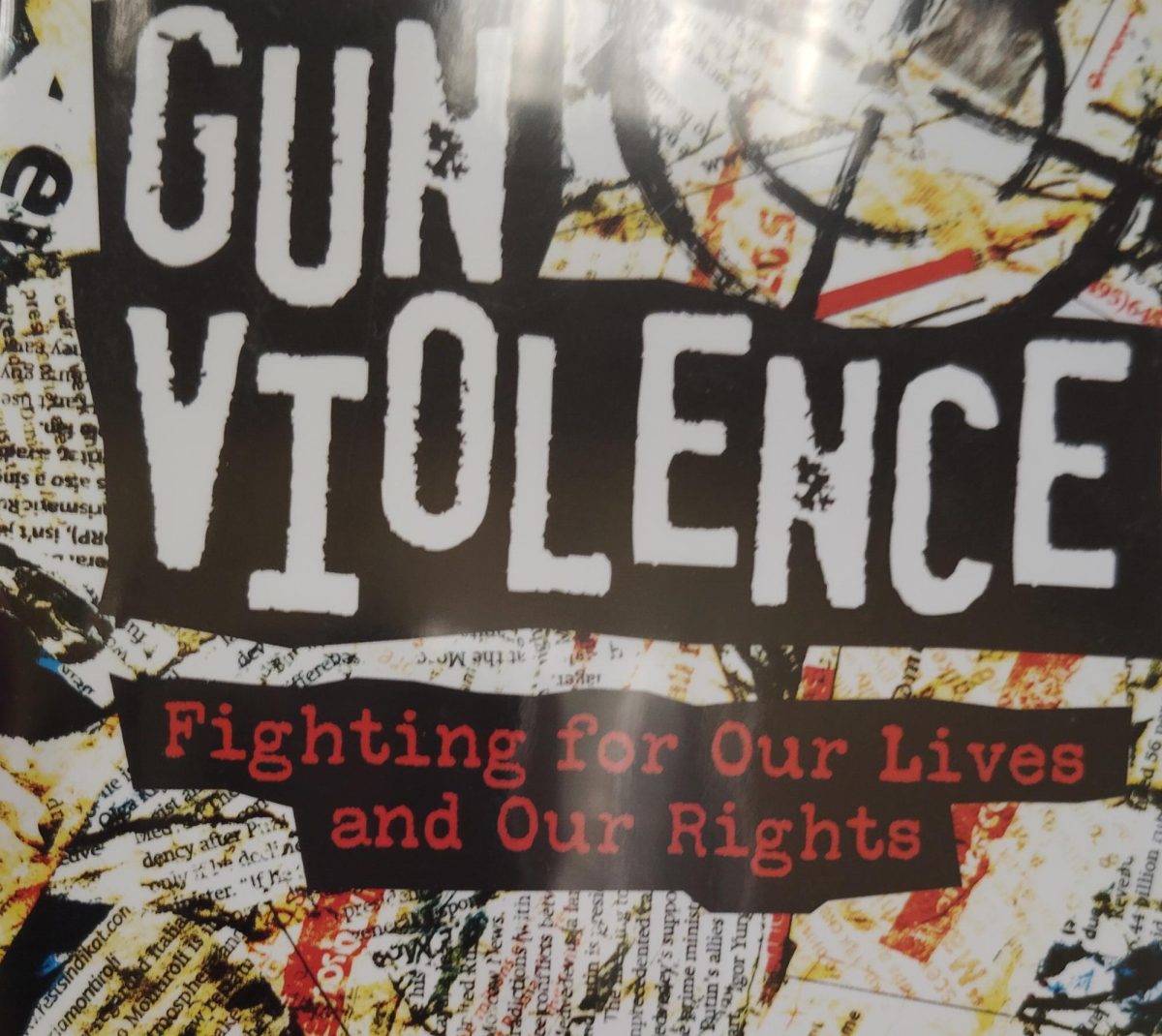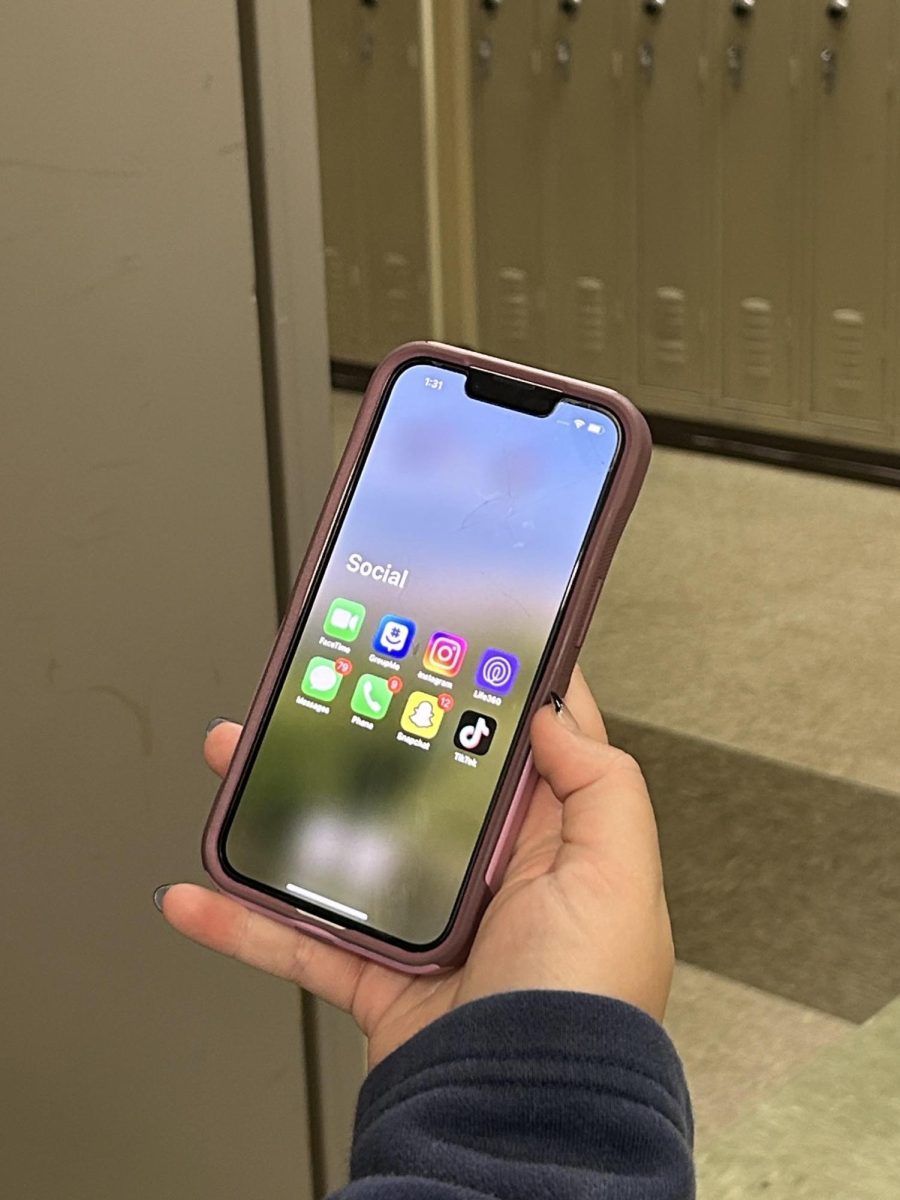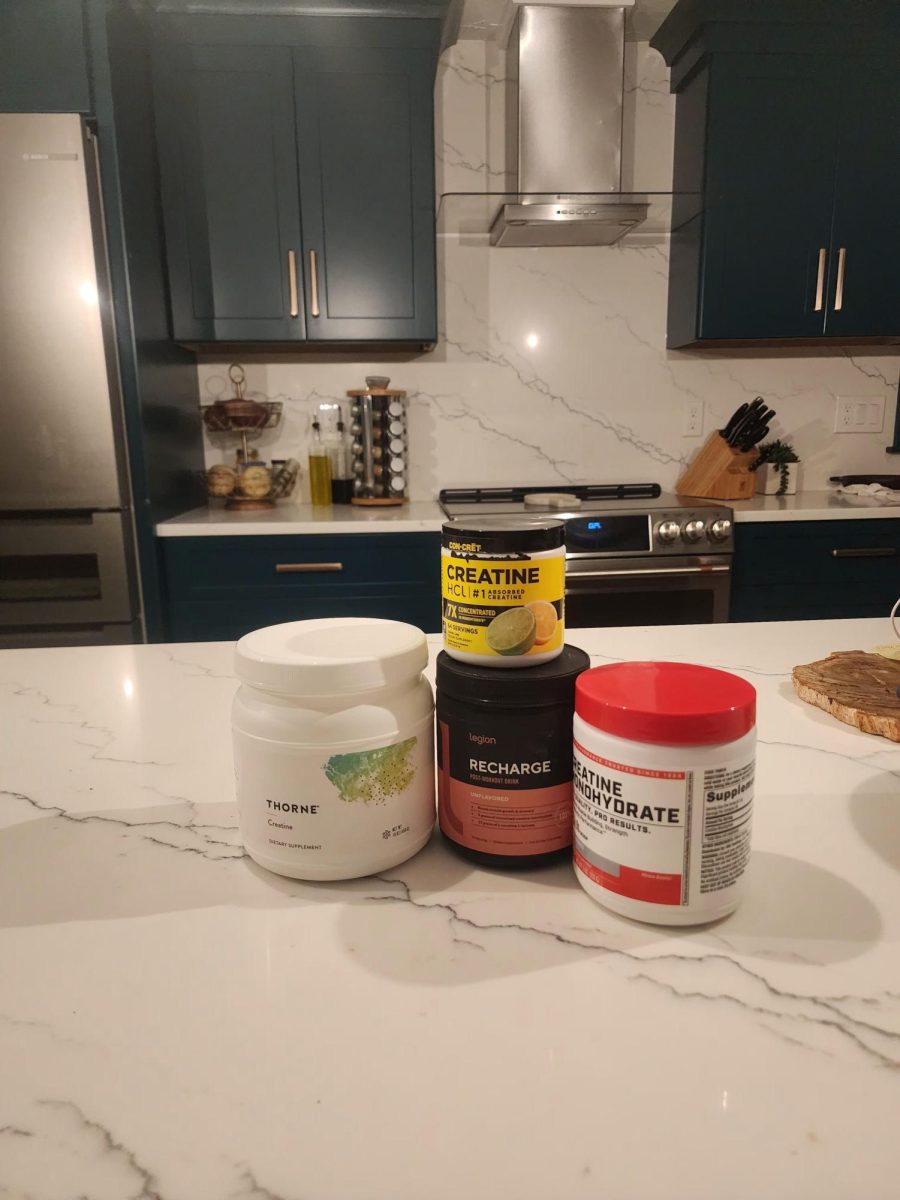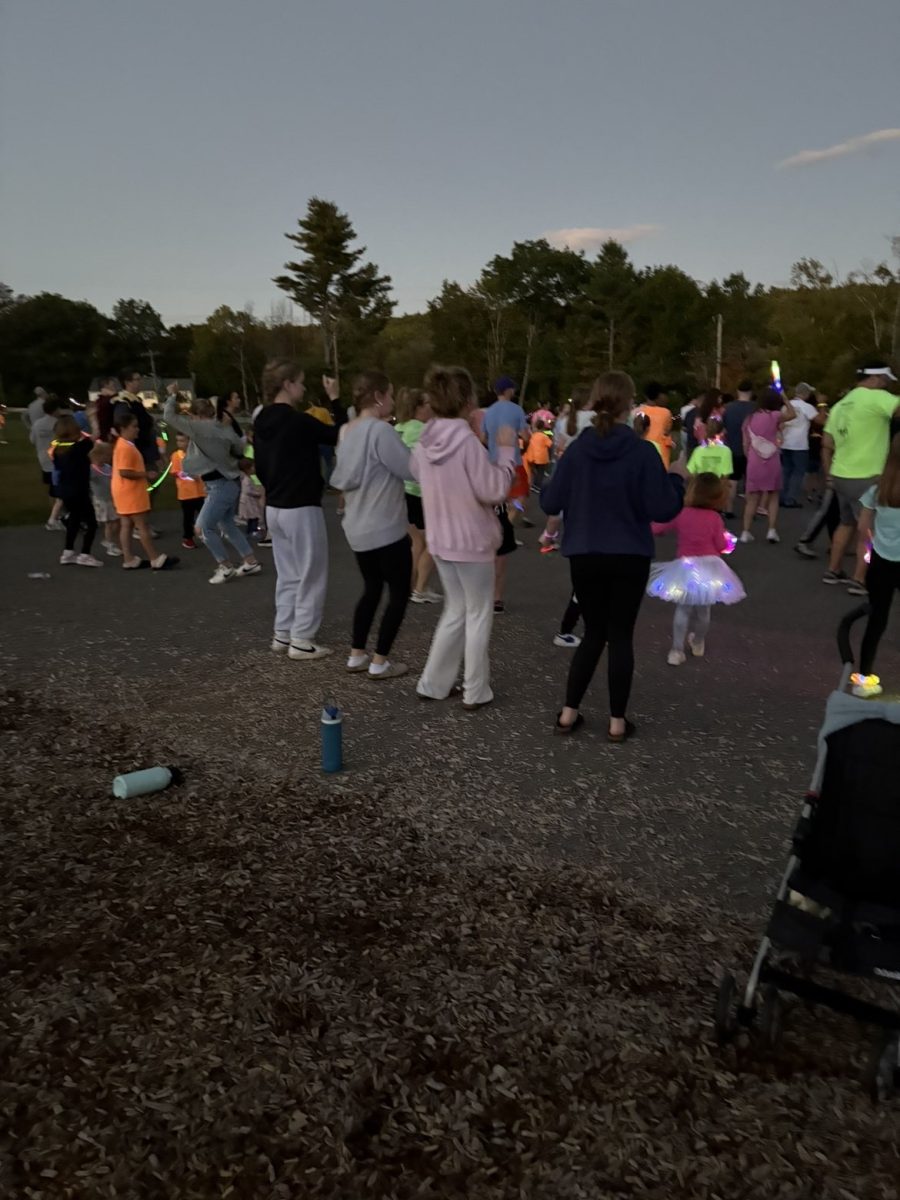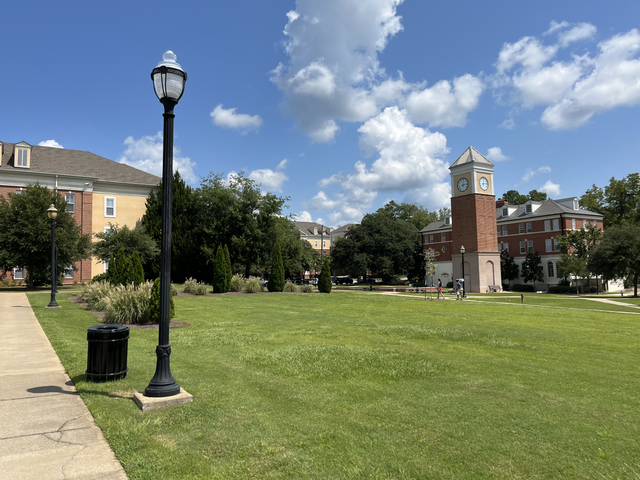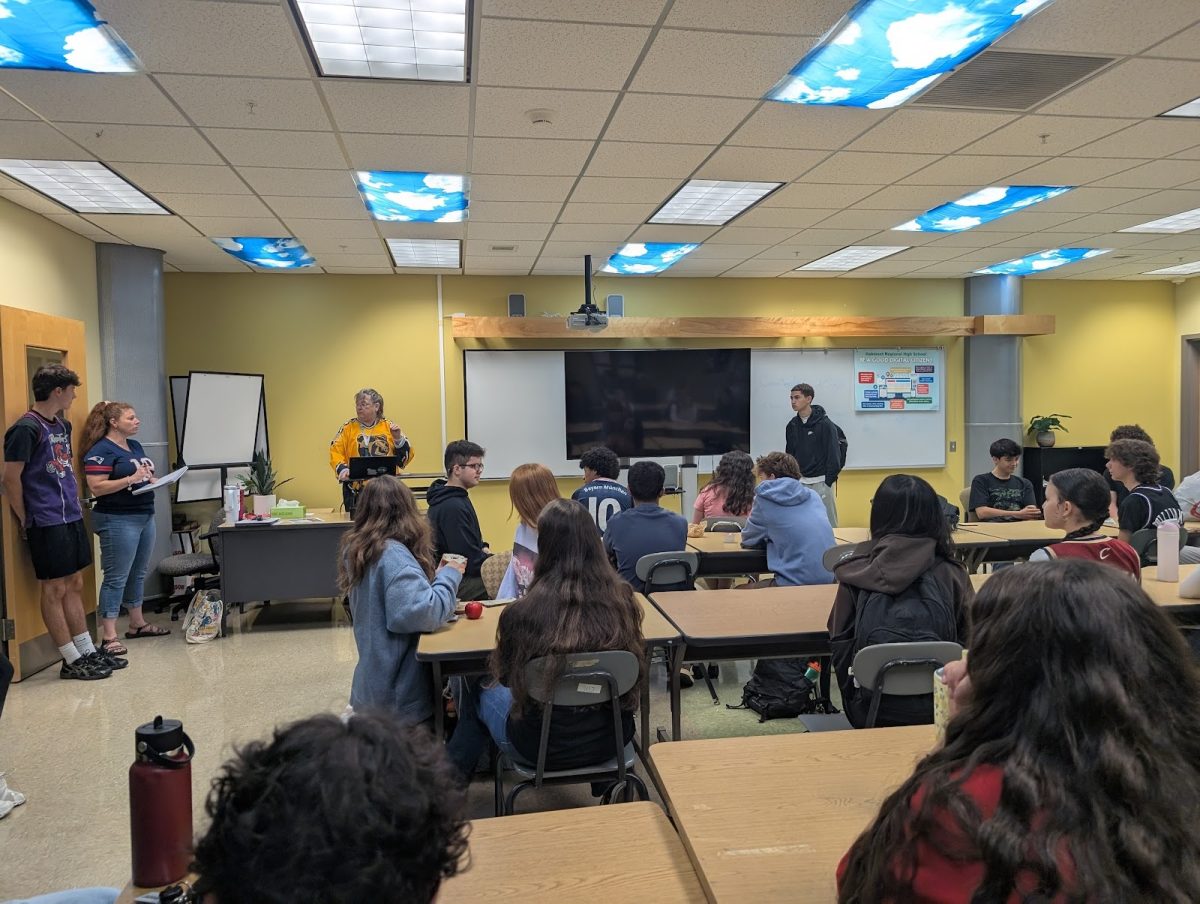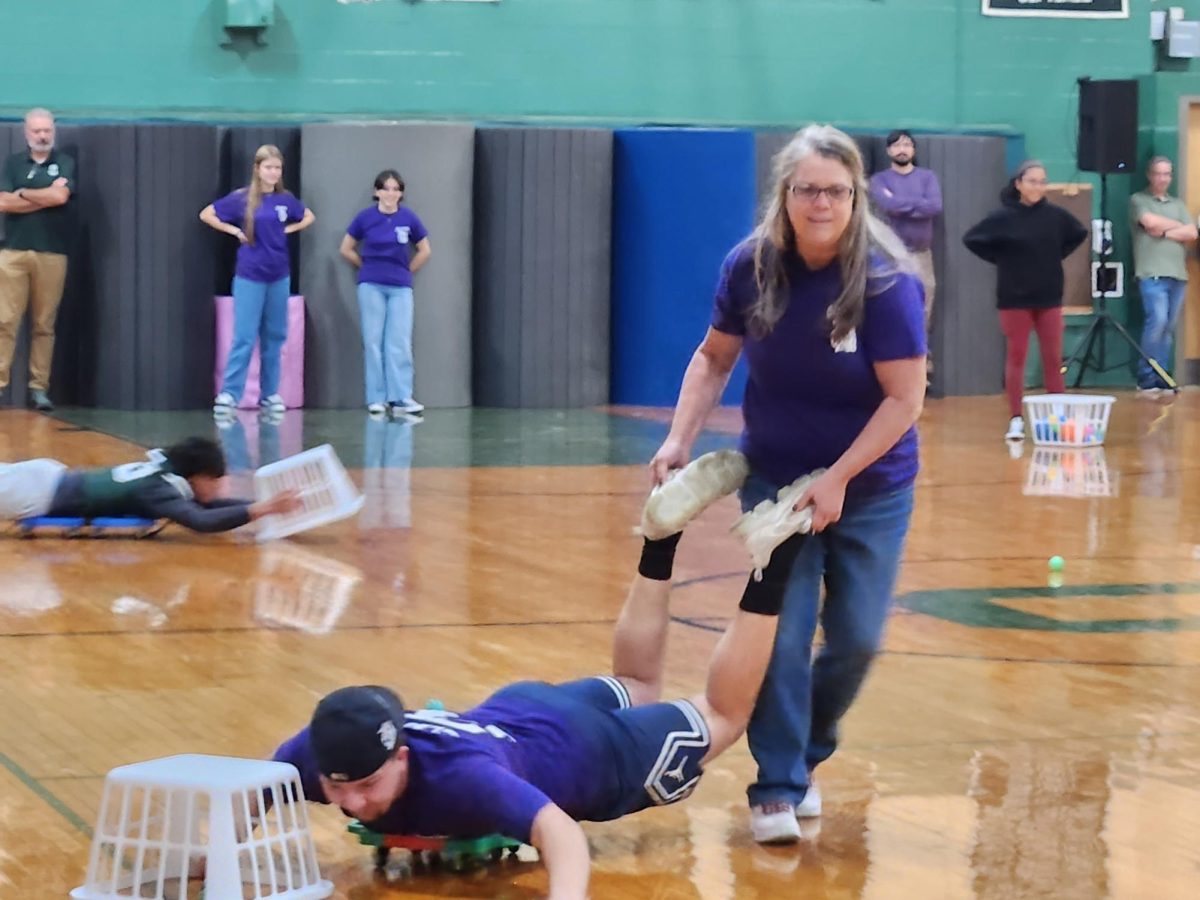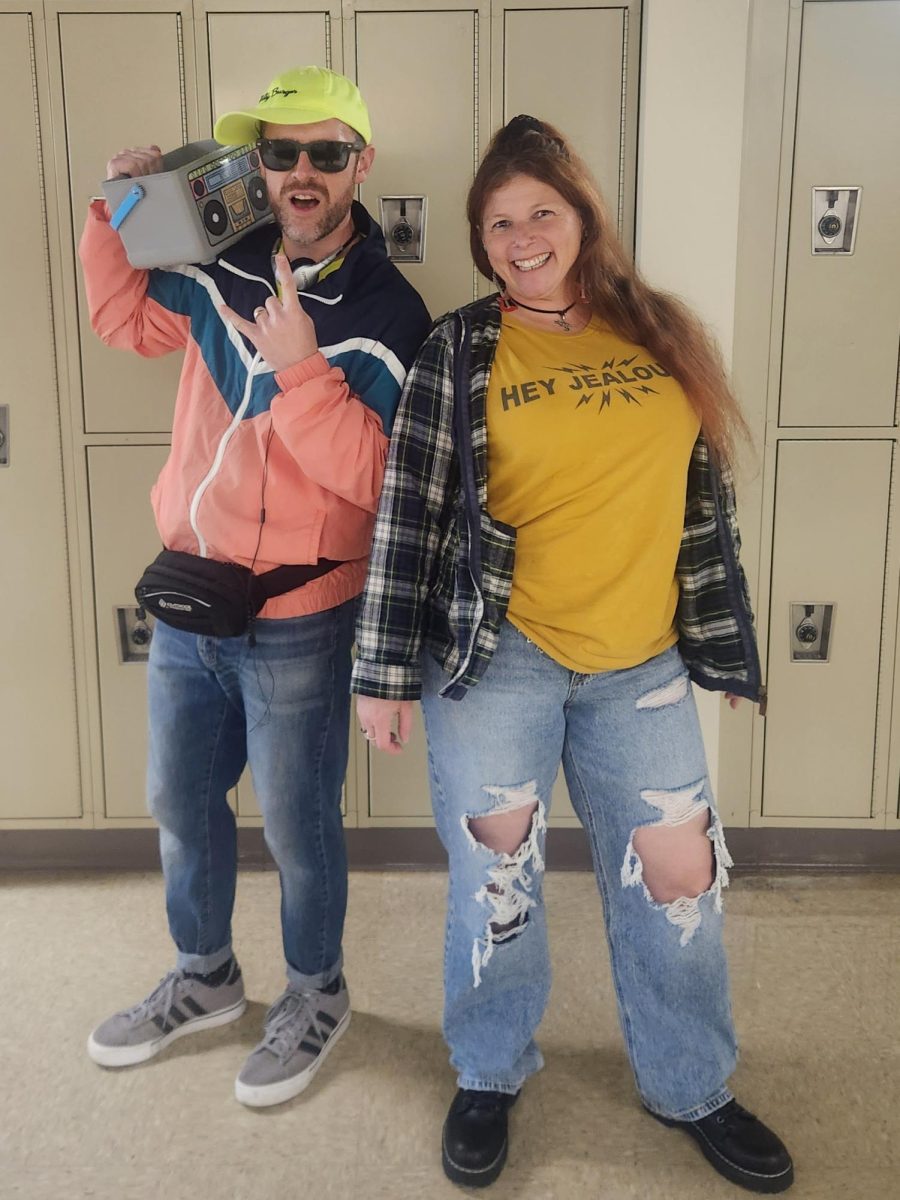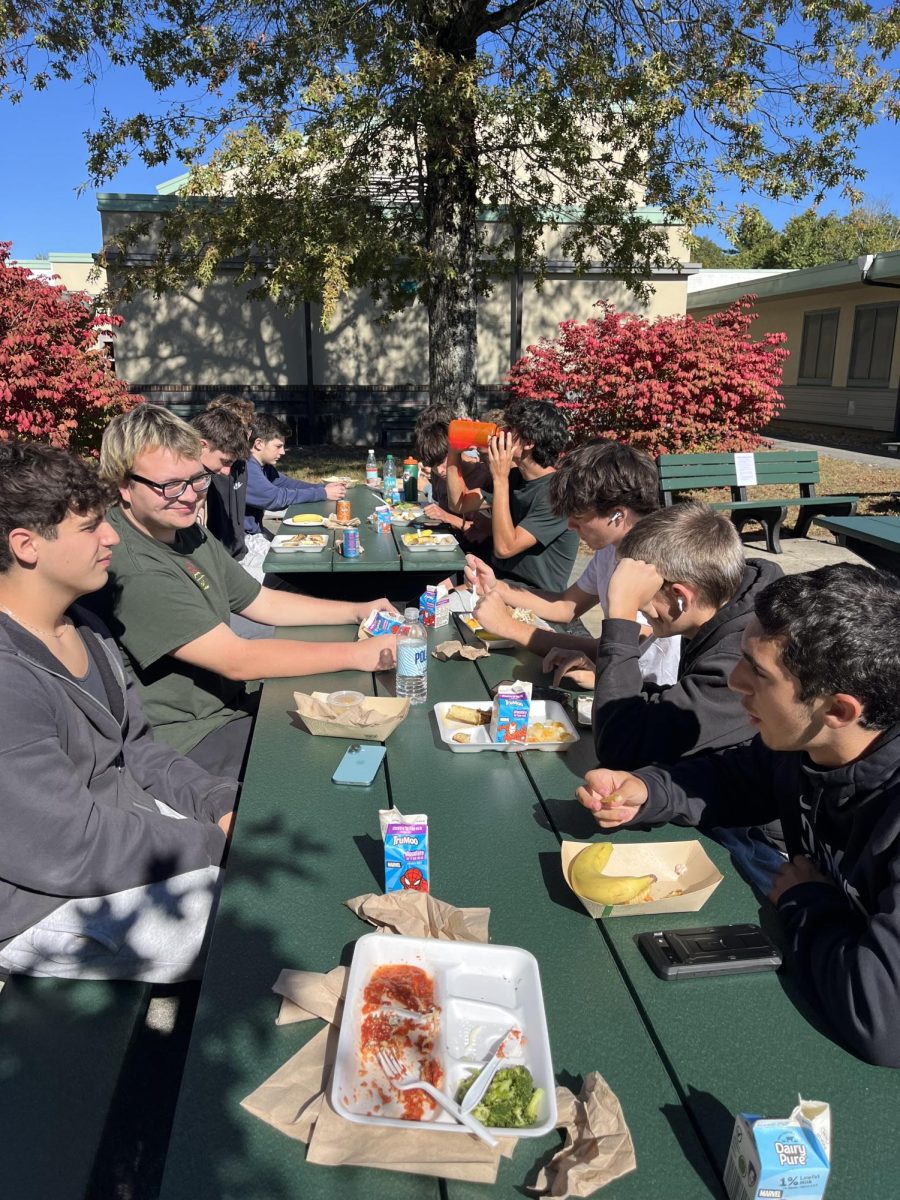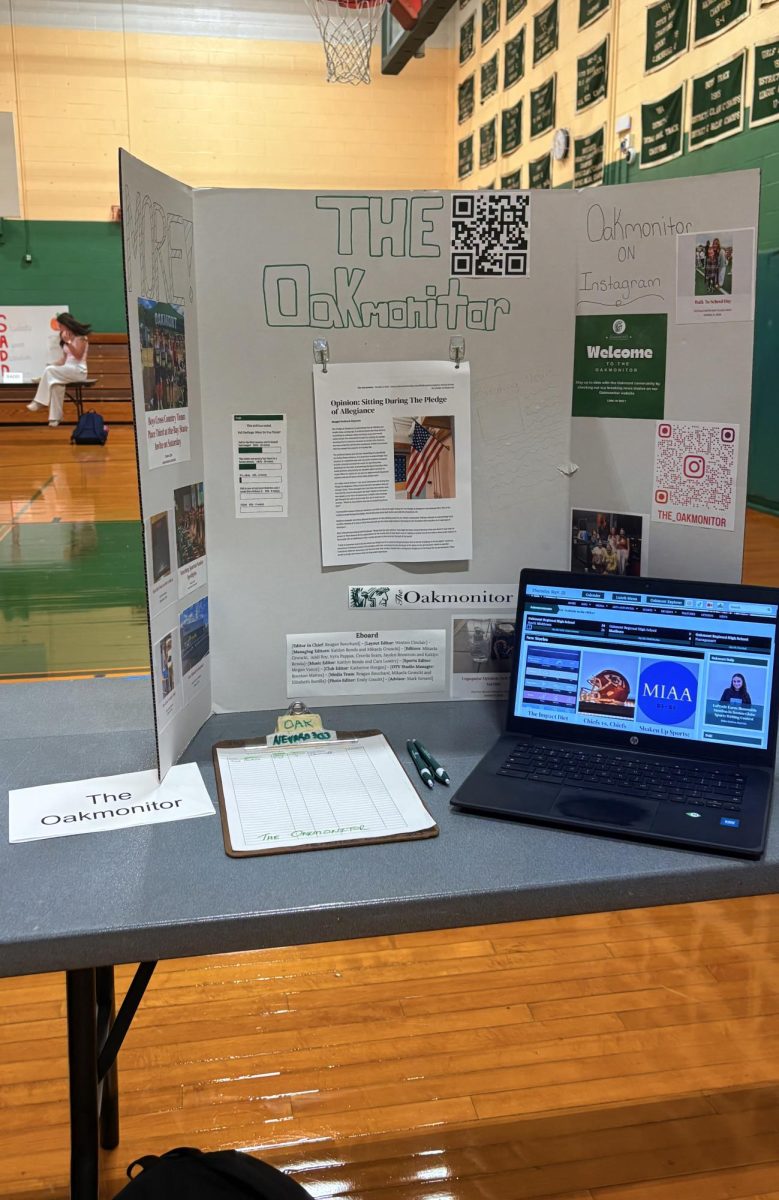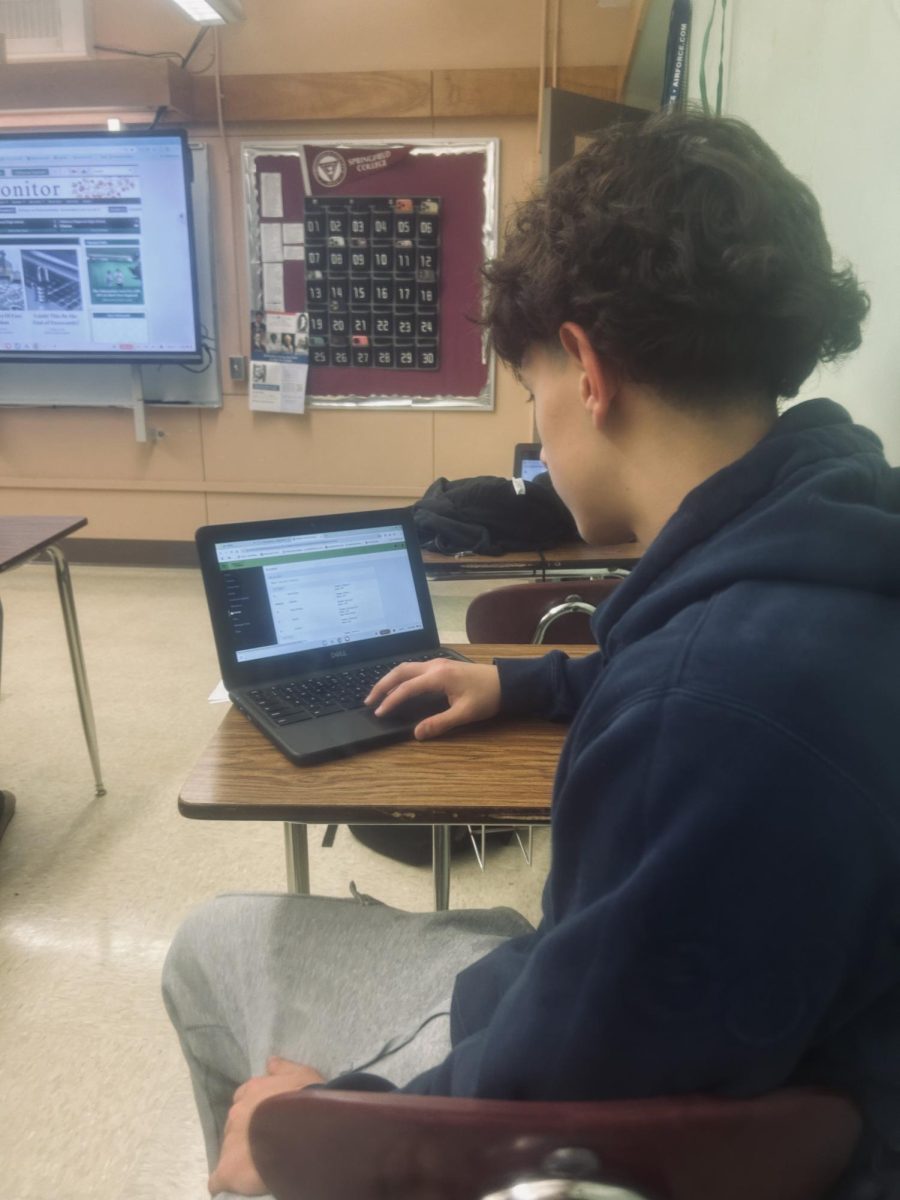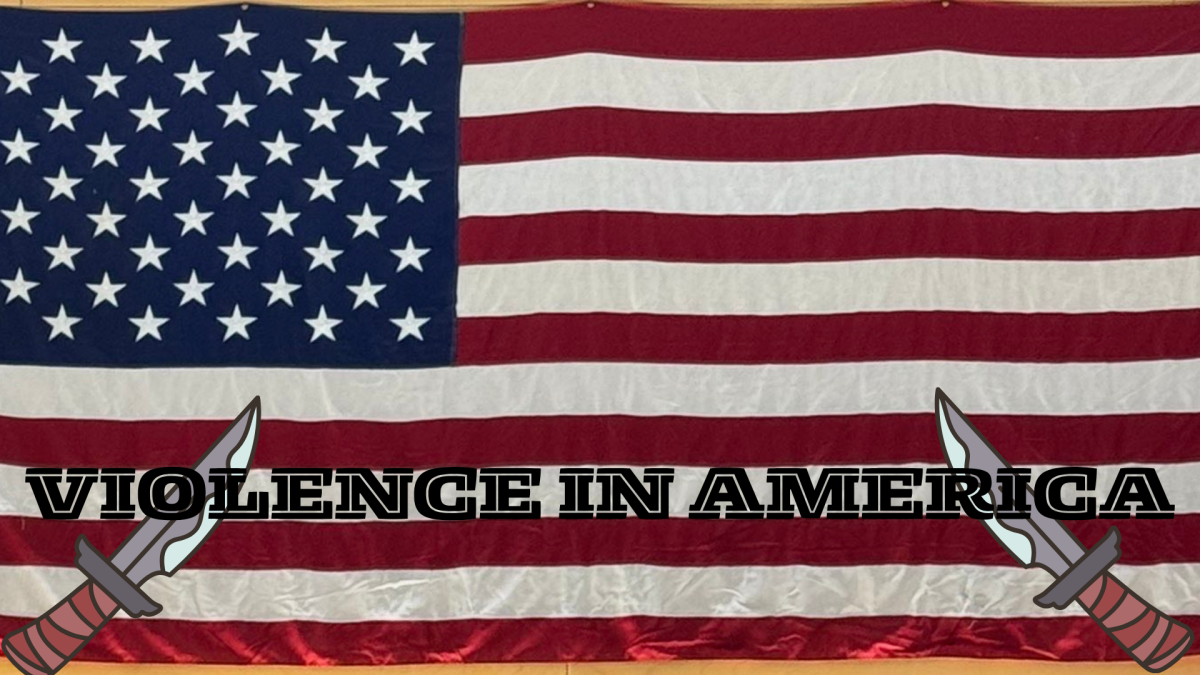According to Everytown Research & Policy as well as the CDC, an average of 125 people are killed and another 200+ are injured a day as a result of gun violence. In comparison to just about a decade ago, which had an average of 94 people dead and 61 injured per day, the number for this year is much larger. Though there are many initiatives and legislative acts for gun reform and gun violence prevention–for example, Red Flag laws, which give the authorities the right to temporarily remove firearms from someone who is considered a danger to others or themselves–there has not been a significant decrease in shootings of any type. From shootings in schools to shootings in public spaces, the number of these deadly occurrences seems to go up every year. Fixing this issue of gun violence would involve investigating root causes and motives, seeing who it disproportionately affects, and proposing more effective legislation.
To be clear, the 2nd Amendment in the Constitution ensures the right of all Americans to keep and bear arms, and that is a very prevalent part of the fabric of our nation. That being said, one of the most prevalent root causes of gun violence is accessibility to guns. As one may already know, the United States has no qualms about making firearms as readily available as possible. When it comes to the sheer absurdity of practically handing guns out like candy, one particular thing comes to mind. In the state of Texas, stores such as Lowe’s and other smaller grocery stores throughout other places like Oklahoma and Alabama have begun to implement ammunition vending machines. The vending machines have been made operational and fully accessible to anyone who is 21 and undergoes a facial scan with their driver’s license. That’s it. That is all it requires you to do in order to purchase ammunition. The CEO of American Rounds, the company that distributes these, has said that they have partnered with a lot more stores in states across the U.S.
In comparison to that of other countries, which have much, much lower, almost non-existent gun violence rates and heavy gun regulations, this seems like almost the opposite of trying to stop mass shootings. For instance, one country that has virtually no gun violence while having gun and ammunition restrictions is Japan. Citizens are not allowed to own handguns, military rifles, or machine guns. American citizens can own all of these. Japan requires all citizens, if they do own some kind of gun, to have special police authorization to obtain ammunition, and the police heavily monitor the supply of ammunition to make sure that no shells or casings are missing or unaccounted for. In America, in addition to the limited types of guns citizens can buy, they can also purchase however much ammunition as they want, completely unmonitored.
If we look at the amount of gun regulation between the two aforementioned countries, and we analyze the corresponding gun violence rates, the root cause of gun violence in America becomes glaringly obvious: the total accessibility of guns to Americans.
To propose a complete ban on all firearms and ammunition would be unconstitutional and unrealistic, but logistically, reform and restrictions would help lower the amount of violence.
Another large contributing factor to gun violence is the socioeconomic backgrounds of the people responsible. Although not an excuse, areas with higher poverty levels and/or systemic inequalities exhibit much higher rates of gun violence. For instance, a study by the CDC in 2022 found that countries that have high poverty rates experience gun violence 4.5 times more than those with low poverty countries. Similarly, communities that experience discriminatory and racist policies tend to experience more violence. For example, the policy of redlining – a discriminatory practice in which low-income communities are denied financial services because they are deemed a “financial risk”, which is disproportionately tied to communities of color because of racist practices – leads to concentrated poverty and thus less social cohesion, which then leads to gun violence. Violence also makes economic growth nearly impossible, which leads to these communities being stuck in a perpetual state of poverty and violence.
Instead of condemning these communities and refusing to do anything about them, we should try to find a way to help these places where gun violence is more prevalent and get rid of the intrinsic, discriminatory policies that lead to these types of outcomes.
Additionally, both an underlying reason for and an outcome of gun violence is political extremism. In the same way that a snake eats its own tail, gun violence and political extremism exist in this self-reinforcing echo chamber where politically fervent sycophants who either border on being or are completely mentally ill and unintelligent carry out their delusional, detrimental acts through the means of a firearm. These equal opportunity lunatics claim the lives of thousands every year and don’t draw the line at anyone – children, pets, the elderly, demographics of people whose lifestyles they disagree with (depending on their political affiliation), and pretty much anyone else who stands in their way.
While both liberals and conservatives can and have been responsible for gun violence and gun violence and violent tendencies are not limited to any one group, there are statistics suggesting what affiliations lead to the most violent outcomes.
According to the Anti-Defamation League, all extremist mass shootings have been traced back to the far right. A Cato Institute Study found that 54% of politically motivated terrorist attacks from 2020 to 2025 were initiated by right-wing extremists. In recent years, the amount of gun violence and political terrorism has been disproportionately caused by right-wing attackers. Coincidentally, the right has historically advocated for less gun control and has cut funding from gun violence prevention programs. These incidents often stem from a severe misinterpretation of our constitution and perceive any effort to prevent gun violence as an attack on their liberties. These attacks, in actuality, never have any factual, logical, or constitution-based substantiation – only blind fanaticism.
According to the CDC, gun violence is considered a public health problem. It affects the well-being of tens of thousands of Americans each year and will continue to do so until drastic changes are made. These could include community-based and legislative changes, as well as educating more people about the dangers of gun violence and how to recognize patterns that lead to gun violence in their community. Although there may never be a 100% public consensus about this issue, it is crucial to acknowledge that violence of any kind is unnecessary, detrimental, and traumatic. If we want to create a place where future generations don’t have to fear the potential of gun violence, then actions need to be taken today.



